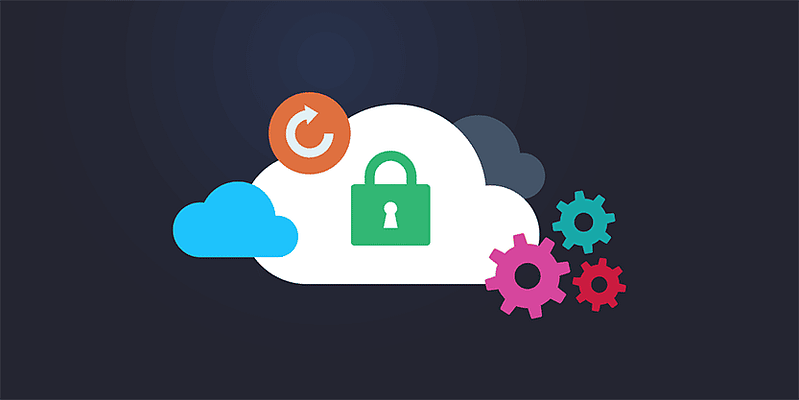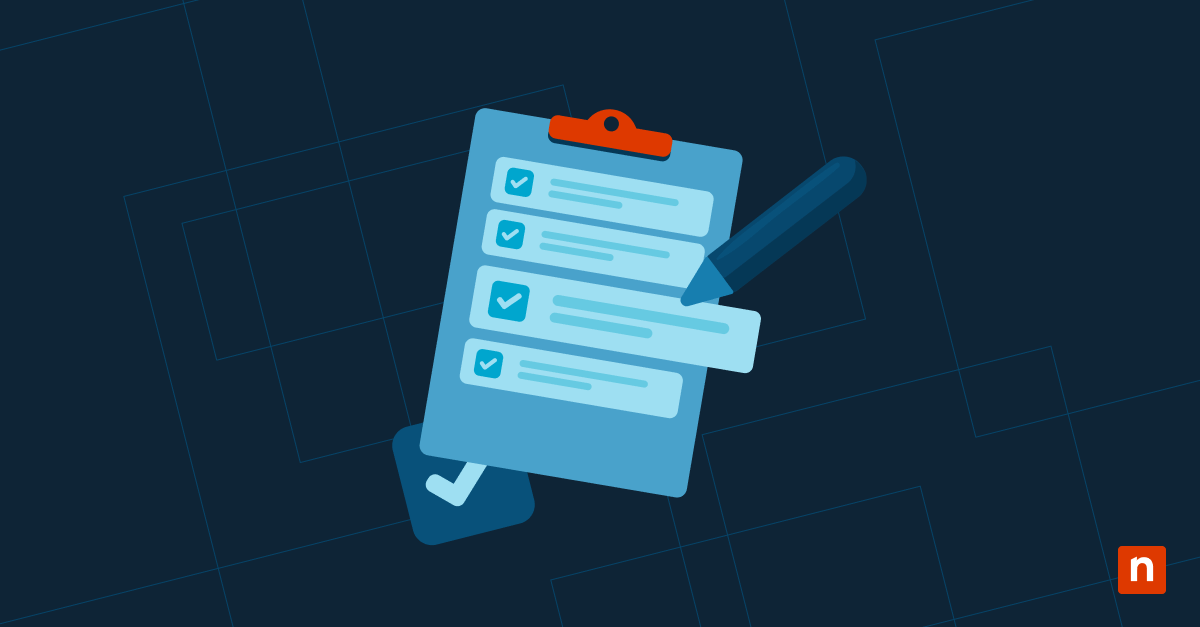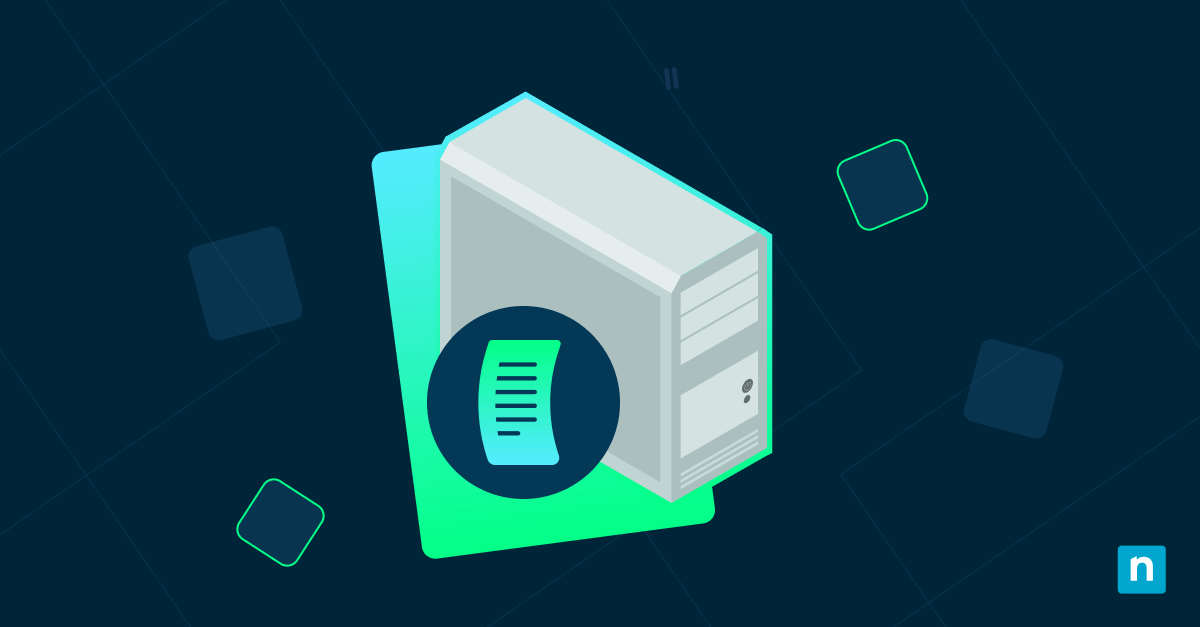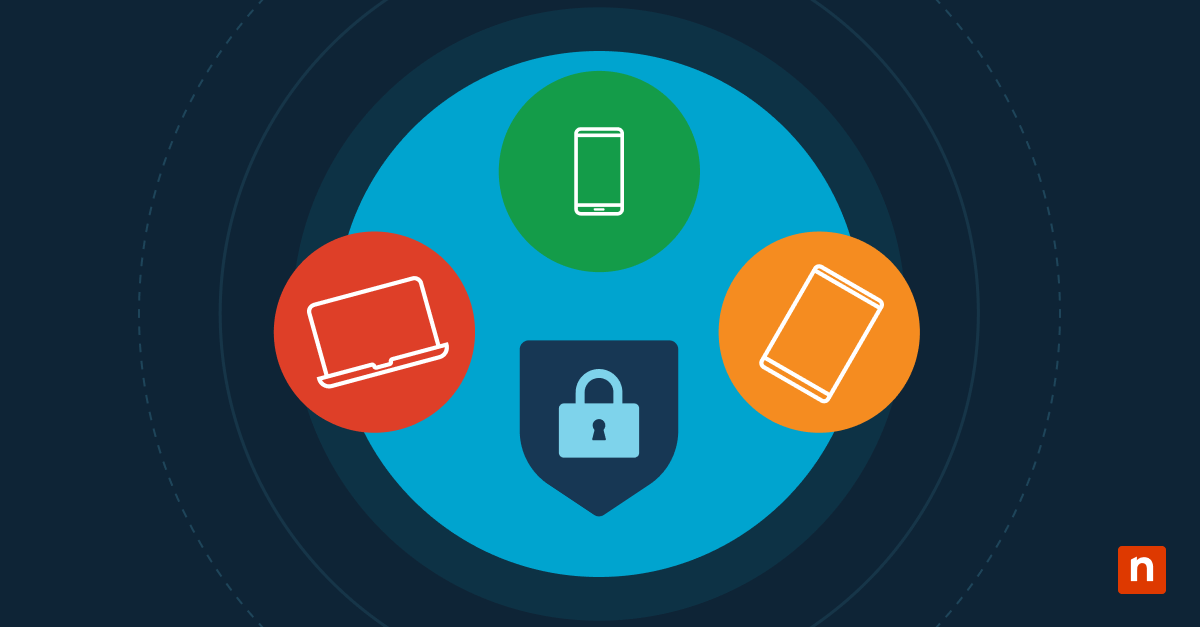There has been a sharp increase in the amount of personal and organizational data that is stored online and on devices. Losing this data could result in disastrous consequences for businesses or individuals, which means that data protection is certainly necessary. Data protection plans are essential for the safety and security of data within all organizations.
What is a data protection plan?
A data protection plan involves any steps taken to safeguard important organizational data. This includes protecting information from cyberattacks or other threats or restoring backed-up information in case it is compromised.
A data protection policy provides guidelines to direct and standardize how your organization protects its sensitive data. Data protection plans should be aligned with an organization’s data protection policy.
Customize backup and recovery options with smart, hybrid backup solutions.
💡 Learn more about NinjaOne SaaS Backup
What does a data protection plan cover?
A data protection plan covers a wide array of information which all fall under the umbrella of “sensitive data”. Sensitive data is confidential information that should be protected from either loss or unwarranted access.
Examples of personal sensitive data can include phone numbers, addresses, emails, dates of birth, social security numbers or equivalents, and other identifying information. Sensitive data can also be any essential organizational data that needs authorized access, is central to an organization’s data storage, or is necessary for the continual operations of an organization.
Why is a data protection plan important?
Creating a data protection plan for your organization is key to ensuring organizational data is protected and secure. If any part of your IT system fails, a data protection plan will have an action item in place to address the failure. This provides peace of mind for you and your organization.
Data protection plans also help to address the laws and regulations surrounding the use of consumer and client’s personal data. The General Data Protection Regulation (GDPR) is a regulation in the EU that was established to empower individuals to control the data collected about them. Organizations collecting this personal data are also being held accountable through the use of guidelines on what can/cannot be done with this personal data, and paying fees for noncompliance.
3 important components of a data protection plan
Data protection plans contain many components to ensure that data is protected holistically. Elements typically included in data protection plans include:
1) Data lifecycle
A successful data protection plan begins by considering the different phases of the data lifecycle, from beginning to end. Data lifecycle management ensures that you protect your data through the entire lifecycle, instead of having data protection be a last resort.
The data lifecycle starts out with the input or collection of information. The data is then evaluated and it is determined where it is stored. Following storage, data is shared and spread to locations where it is needed. The lifecycle “ends” with protection and limited access, and reusing the data where needed.
2) Data access management
Controlling access to the data is crucial for ensuring its protection. This can be accomplished through means such as password protection and encryption. Thus, only personnel with the correct passwords or decryption methods have access and the information is secure.
Managing data access is one of the best ways to ensure data protection. By limiting those who have access, you can prevent adverse results such as the release of sensitive data, fraudulent use of the data, or data destruction.
3) Data storage
Data storage is essential to ensuring quick and easy access to copies of data in case you have information that has been compromised in any way. Determine which storage locations, types, and methods will work best for your organization, and then create a backup strategy to reflect those determinations.
The 3-2-1 backup strategy is a general recommendation for organizations when it comes to storing backups. To follow this method, store three copies of your data in different locations. Make sure that two copies are on different mediums, and one stored away from the site of the organization.
Watch our Data Protection Methods for IT & MSP Teams video to learn more before diving into the five methods.
How to create a data protection plan
Follow these steps to ensure the creation of a successful data protection plan:
Decide what data to protect
Determine what data within your organization needs to be protected for business operations, regulations related to personal data, or other key components. Then, you can create your data protection plan knowing the information you are aiming to protect.
Know the regulations
Data regulations, such as the GDPR in the EU, are necessary to know so your plan can be created in line with those regulations.
Choose a backup type and schedule
Certain backup types will work better for some organizations than others, so choose a type of backup that aligns with your data protection goals. Consider creating a schedule as well, with automated backups, to ensure that data is backed up and protected and you don’t forget to do it manually.
Organize the data
Sort out the data so that when needed, it is easy to find and access. This helps with operations within the organization as well as efficiently restoring lost data.
Control access to data
Restrict data access to only individuals who need access to the information so they can perform their responsibilities. Data should only be available on a need-to-know basis.
Make a plan for data restoration
Your data protection plan is only as good as its ability to effectively restore compromised data, so be sure to make a plan for efficient data restoration.
Document data protection plan
A quality plan for data protection should be documented to ensure that all organizational members know and are aware of the plan if their data is compromised. IT documentation is an excellent tool used to record this important information.
Continually monitor the data
Keep track of the data backups and ensure that they are being carried out regularly. This ensures that if an issue crops up, you can proactively resolve it.
Simplify software and data backup management across all endpoints.
4 tips for data protection plans
Data Protection Plans can seem daunting given how important it is to keep data secure, but following these tips can help make your data protection plan run more smoothly:
1) Back up data often
If your original data is compromised, you can only guarantee having the information you’ve previously backed up. Prevent the unnecessary loss of data by performing backups of organizational data often so there are fewer gaps between the data sets.
2) Set automated systems
It’s risky to leave data protection up to forgetful human minds, so take advantage of automated systems to carry out your data protection plan. Use “set and forget” solutions to take the work and worry out of the process.
3) Establish backup redundancies
It might seem like a waste to keep more than one copy of the data on hand, but backup redundancies are key when it comes to maintaining continuity in business operations. It is an easy way to ensure that you always have the necessary data available.
4) Perform restores to devices
Data protection plans are designed for the purpose of restoring data that has been compromised in any way. Perform restores of data to devices to ensure that the plan can efficiently complete this task.
Protect your organization’s crucial data
A data protection plan enables your organization to take charge and protect vital data in your possession. Read about proactive IT management to learn more about how to make the management of your IT environment’s data more effective.
NinjaOne Data Protection gives you the tools you need to be prepared against data loss and secure organizational information. Sign up today for a free trial.








